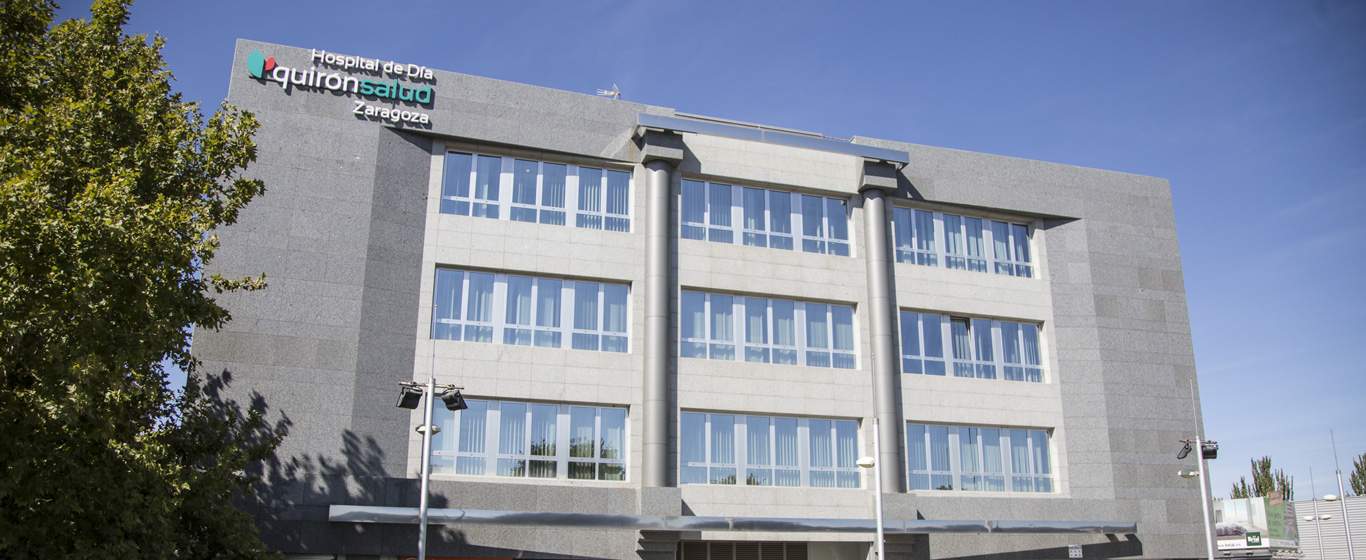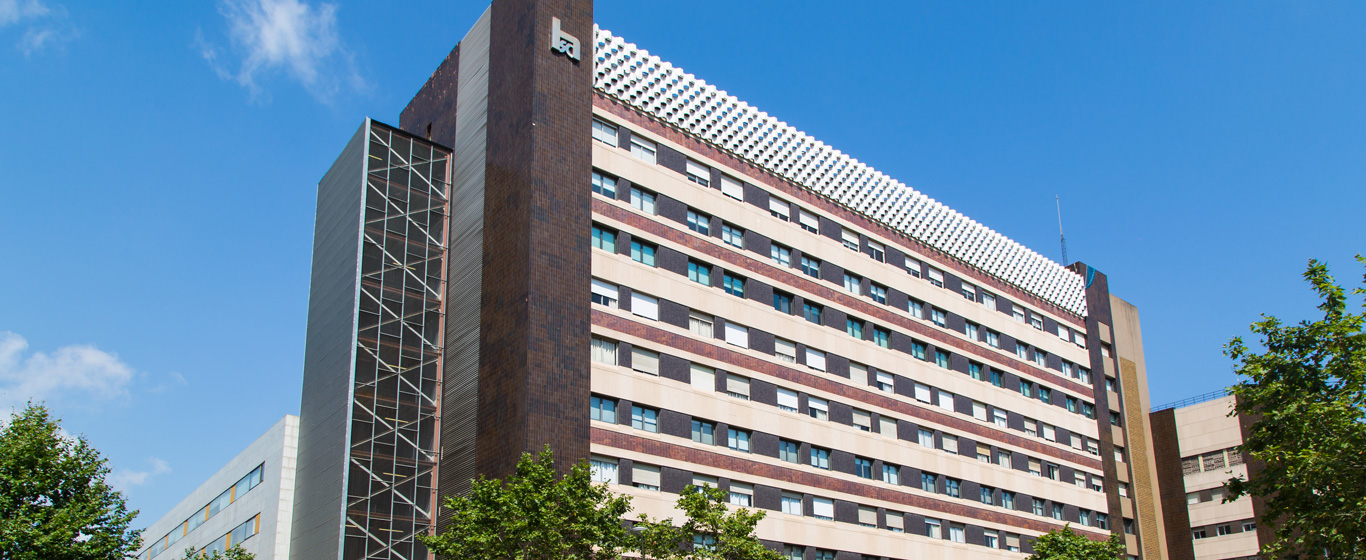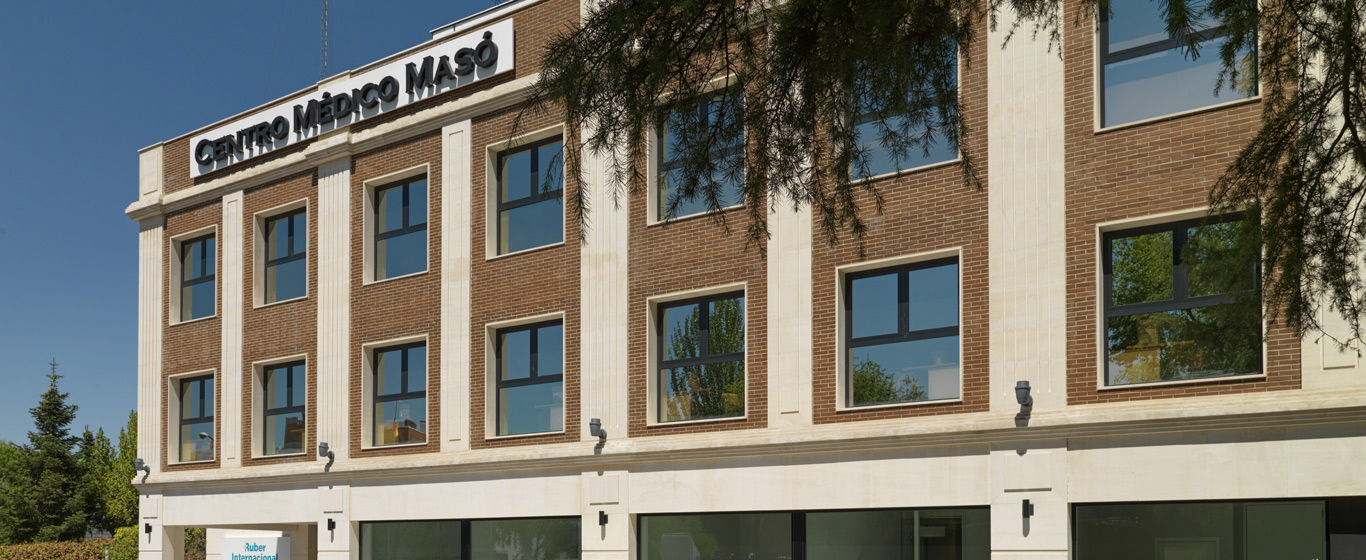Spermogram or Seminogram
A spermogram is a laboratory test in which a semen sample is analyzed to assess the characteristics of the seminal fluid and sperm. The goal is to detect any abnormalities that may cause infertility.

General Description
A spermogram, or seminogram, aims to analyze the semen to evaluate its quality. The test is performed in a laboratory using a sample of the patient's seminal fluid, obtained through ejaculation.
In a spermogram, different parameters are analyzed, both macroscopic and microscopic. The values considered normal are set by the World Health Organization (WHO):
Macroscopic examination: The basic characteristics of the sample are analyzed without the need for a microscope.
- Volume: Normal if it is greater than 1.5 ml.
- pH: Normal acidity is between 7.2 and 8. Values outside this range are associated with infection.
- Color: Under normal conditions, semen appears grayish-white or slightly yellowish. A bright yellow or green color may indicate infection, while a transparent hue is a sign of low sperm concentration.
- Viscosity: Very viscous semen may indicate prostate problems.
Microscopic examination: Focuses on the study of sperm.
- Concentration: Sperm count. It should exceed 15 million per milliliter or 39 million in total.
- Motility: Measures the percentage of motile sperm and their movement patterns. In a normal sample, more than 40% should be motile, and more than 32% should move progressively (forward).
- Vitality: Checks for dead sperm. Live sperm should exceed 58%.
- Morphology: Analyzes the shape of the sperm. At least 4% should have a normal shape (oval head, neck, and tail) for the sample to be considered valid.
- Leukocyte presence: There should be no more than one million leukocytes per milliliter. A higher amount indicates infection.
There is a complementary study to the seminogram that is performed when the patient intends to undergo assisted reproduction procedures. This is the REM spermogram (sperm motility count), or sperm capacitation, which consists of separating the sperm based on their motility and morphology. This process naturally occurs as sperm move toward the fallopian tubes, where they undergo transformations and acquire fertilizing capacity. In assisted reproduction techniques, this process is replicated in the lab from a semen sample to obtain a sperm concentration more suitable for fertilization and to choose the most appropriate reproductive technique.
When is it indicated?
The spermogram is a crucial test in diagnosing male infertility and is recommended when a couple has been trying to conceive for over a year without success. A spermogram can identify various seminal alterations that affect fertility:
- Oligospermia: Low sperm concentration.
- Asthenospermia: Insufficient motility.
- Teratospermia: Less than 4% of sperm have a normal morphology.
- Azoospermia: Absence of sperm.
- Hypospermia: Insufficient seminal volume.
- Aspermia: Absence of ejaculation.
Furthermore, a spermogram is necessary after a vasectomy to confirm the success of the surgery or in cases of sperm freezing for future use, to check the semen’s viability before freezing.
How is it performed?
The sample is collected through masturbation, ejaculating into a sterile container provided by the medical center or purchased at a pharmacy. The sample can be collected at home, although it is preferable to do it at the clinic to alter its conditions as little as possible. In exceptional cases, the sample can be obtained during intercourse using a special condom provided by the laboratory (never a regular condom, as they contain spermicides that affect sperm viability).
It is important to collect all the ejaculate, as both the total volume must be measured, and the first drops contain the highest sperm concentration, while the last drops contain substances necessary for evaluating other parameters, such as viscosity and acidity. If not all the liquid is collected, or if part of it spills from the container, a new sample will be required.
Risks
There is no risk to the patient in collecting a semen sample.
What to expect from a seminogram
To collect the sample, it is essential to maintain the highest hygienic conditions: wash the hands and the penis with water and soap before proceeding, and avoid touching the inside of the container to prevent contamination. No creams or lubricants should be applied. If the sample is obtained at the clinic, the patient is taken to a private room to ensure privacy.
When the sample is collected at home, it is crucial to keep the container with the sample at body temperature (about 37°C) and avoid temperature fluctuations. To do so, the container should be kept close to the body, under clothing, or in a pocket. Additionally, it should be delivered to the laboratory within one hour of collection, as a longer period affects sperm motility. Therefore, it must be taken to the clinic as soon as possible.
If the spermogram results show altered values in any parameter, the analysis should be repeated a few weeks later to confirm the diagnosis.
Specialties in which the seminogram is requested
The seminogram is requested in urology and assisted reproduction units.
How to prepare
Before collecting the sample, it is necessary to refrain from ejaculation for between two and five days, with four days being the most recommended. This means total sexual abstinence before the spermogram. It is also advisable to avoid consuming alcohol, coffee, and tea during the three to four days prior.
The sample should not be obtained if the patient has had a high fever in the past three months or is taking medications or psychoactive substances, as these can affect sperm production and quality. In these cases, it is necessary to consult with the specialist.





























